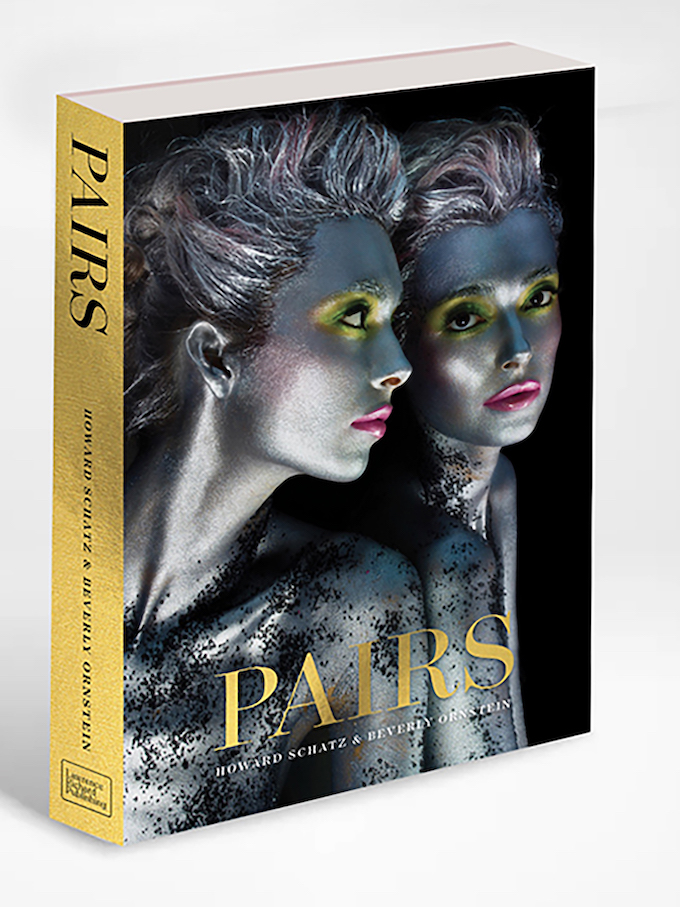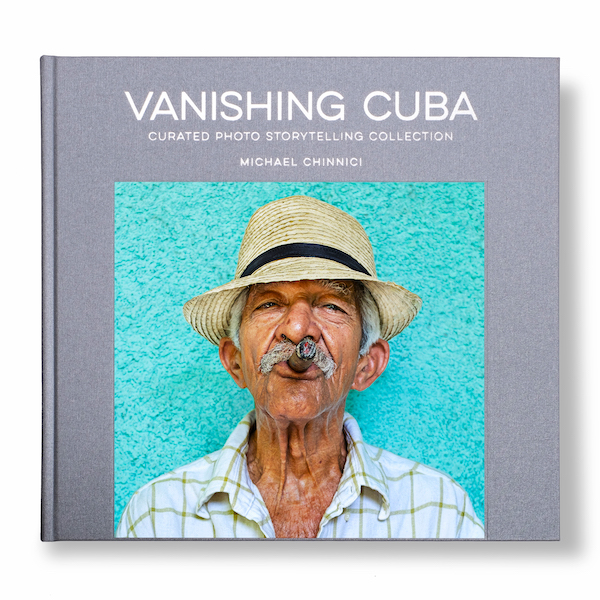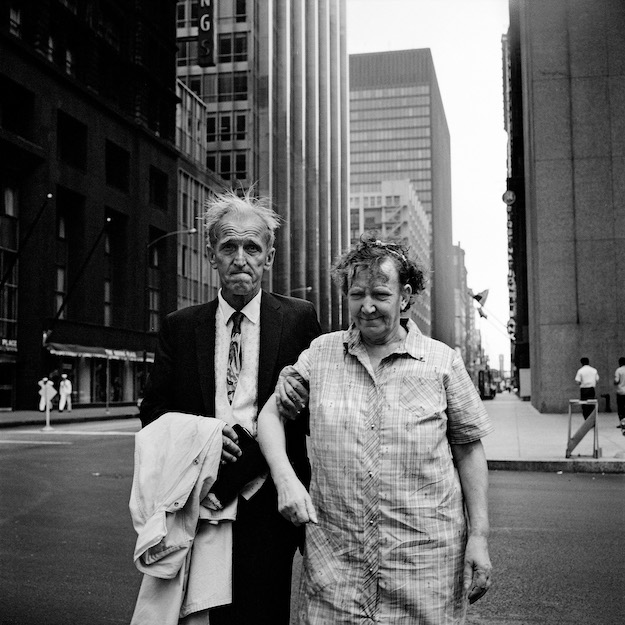Book Review: Red-Blooded American Male
September 30, 2016
Red-Blooded American Male
By Robert Trachtenberg
Amphoto books, a division of Penguin Random House, Inc. | 224 pp.
Price: $40
The best way to describe this jazzy new release by innovative fashion and portrait shooter Robert Trachtenberg? It’s the apotheosis of the gag shot. Not to belittle gag shots; they can be relevant social commentary too, in the hands of the right photographer. This book’s 100 or so rambunctious celebrity portraits are proof, each an ingenious and entertaining riff on (mostly) youthful American machismo. Collectively, given their popular fresh-faced subjects, it’s a fertile idea mill for any senior portrait specialist who moves among this testosterone-fueled demographic.
The L.A.- based Trachtenberg is a veteran magazine shooter who’s evidently on very good terms with the tabloid-grade Hollywood elite, along with talk show hosts, comedians and jocks. They gleefully become Trachtenberg’s collaborators, like when he talks Neil Patrick Harris into climbing fully clothed into a bathtub and spewing a stream of water at the camera. Similarly, he gives us A-List hunk Scott Eastwood doing a quartet of very un-hunk-like gyrations in his Risky Business knockoff wardrobe of a button-down dress shirt and boxer shorts. And, if Trachtenberg can prod stern, sober Tommy Lee Jones into arm wrestling with Meryl Streep, you can surely craft a similar scenario with a pair of high school seniors.
Today’s graduates—male and female—are not only exuberant; they’re a little self-effacing (even among the men) and eager to take risks—socially, anyway. Trachtenberg’s excellent monograph will inspire you to tap into this freewheeling vibe and to noticeably enliven your portraits.
Be sure to check out the photo gallery—this is one you’re not going to want to miss.
 Neil Patrick Harris, 2009. “This was shot for the Hot issue of Rolling Stone. Luckily, Harris couldn’t take things too seriously. And I got to keep the jeans afterward.” —Robert Trachtenberg. Photo © Robert Trachtenberg
Neil Patrick Harris, 2009. “This was shot for the Hot issue of Rolling Stone. Luckily, Harris couldn’t take things too seriously. And I got to keep the jeans afterward.” —Robert Trachtenberg. Photo © Robert Trachtenberg
The following is reprinted with permission from Red-Blooded American Male by Robert Trachtenberg, © 2016. Published by Amphoto Books, a division of Penguin Random House, Inc.
Jess Cagle is the editorial director of both People and Entertainment Weekly magazines and a longtime friend, so it seemed smart to ask him to interview me for the introduction rather than writing what would surely have read like a bad term paper. Initially he asked for a huge sum of money, depilatory cream, and a new set of luggage, but we were able to negotiate down to a Honey Baked Ham and eyelash extensions. I can’t thank him enough for taking the time to do this.
JC: Besides being beautiful, your work has a lot of humor and your subjects always seem to be in on the joke. How do you make them comfortable on set and get them to play ball with your ideas?
RT: Growing up in Los Angeles, I’ve been around actors my whole life. I’ve stood in line at the supermarket next to Cary Grant; I’ve sold books, magazines, and stationery to Greta Garbo, Andy Warhol, and Katharine Hepburn. I’m pretty comfortable around celebrities, and that probably makes it easier for them to be comfortable around me.
But this fascinates me: how photographers bond—or attempt to bond—with their subjects. I was speaking at an event once, and another photographer was up first. He went into this whole speech about how he makes them a pot of tea, how they sit and talk and get to know each other before they begin, and I thought, ‘What the fuck is he talking about?’ There are images in this book that were done in eight minutes from the time the person walked in the door. I’m always aware that this is commercial photography, and they come to me because they’re promoting something. They’re not there to make a new pal. Sometimes that’s a happy by-product. I have ended up bonding with subjects over our mutual love of a particular brand of chewing gum. But I’ve never tried to force it.
I hear other stories of photographers pressuring subjects into poses or situations that are uncomfortable, which can cause tension on set. My feeling is: Do it or don’t do it. If you don’t, I’ll come up with another idea. Somehow, some way, I’m going to get the shot. But you can’t just stand there; I’m not taking X-rays. The first documentary I directed was on the great filmmaker George Cukor, who had the best quote about coddling actors too much. He said, “After the age of twelve, no one really cares how you are except your mother.” This pops into my head all the time, because I get that you’re tired, I get that you don’t have a character to hide behind, I sort of get that you hate having your photo taken, but when someone is paying good money at a 7-Eleven to buy a magazine with your face on the cover, they don’t give a crap that you were in a bad mood the day of the shoot. They want their money’s worth, so suck it up, dammit. I take it seriously, and I expect them to as well.
JC: Calm down.
RT: I think I’m okay now.
JC: Weirdest situation on a shoot?
RT: Oh, someone came a day after having a chemical peel on their face and neck. It looked like they’d been in a fire. The makeup artist had to send out for —I’m not kidding— mortician’s makeup because that was the only stuff thick enough to cover all that raw skin.
…
JC: How have your photographs evolved over the years?
RT: As you know, the whole nature of not only celebrity but photography itself has radically changed since we started. I can’t stress the word radically enough. Can we make it bold and in a bigger font size?
Radically.
Thanks. It used to be really hard to be a photographer. There were chemicals and science involved, not to mention hundred of rolls of film to cut, sleeve, and edit by hand. It was expensive as hell just to get a portfolio together. The whole process—and I’m including myself—is now leaner and faster, in part, of course, due to digital.
A lot of the time, you have to do things you’ve never done before that you’ll never do again, and you’ve got one chance to get it right. It’s only when you’re on a scissor lift over an Olympic-sized pool that you realize that synchronized swimmers can’t really hold a pose long enough since they’re treading water, for example. This is an insane business, based on mutual need that ebbs and flows in the most unpredictable ways.
I always cite the example of John Travolta. His career was in a dip, and In Style magazine had just started and they needed people for the magazine because they had no track record and hadn’t taken off yet. They called and asked if I would shoot him on his private jet, with his family. I had to be talked into it, but I went. The magazine came out the same month as Pulp Fiction, and overnight Travolta was once again the biggest, coolest movie star. And the resale of those images around the world paid off my college loans. But for every one of those miracles, there are drawers full of photos of people who were going to be the next big thing.
All that said, it’s an incredible profession. The camera is the key that’s unlocked the door to people and places I would have never been exposed to. How else was I going to get to the private quarters of the White House or be the first to see Elon Musk’s new Tesla or spend the day at Highclere Castle with the Downton Abbey cast or just spend a few hours with incredibly dedicated people like Afghanistan war veteran Cameron Kerr?
JC: So with all that mileage, do you have any advice on how to take a great portrait/get a signature look?
RT: Yes. Use oil or acrylics; there are too many goddamn photographers. In reality, most everyone is a pretty decent photographer at this point. What they’d do under pressure at a cover shoot, I have no idea, but phone cameras are sickeningly good. If I have a signature look, it’s subconsciously thematic rather than anything technical, since I assess lighting and filters and all that on a case-by-case basis. The legendary photographer Cecil Beaton said, “I still consider myself an amateur so that I have the amateur’s freshness and spontaneity and willingness to learn.” I like that.
See the original article in Rf’s September digital edition.
CreativeLive Video Tutorial: Portraits Under Pressure, with Victoria Will
Related: A Photographer You Should Know: Celebrity Shooter Miller Mobley




